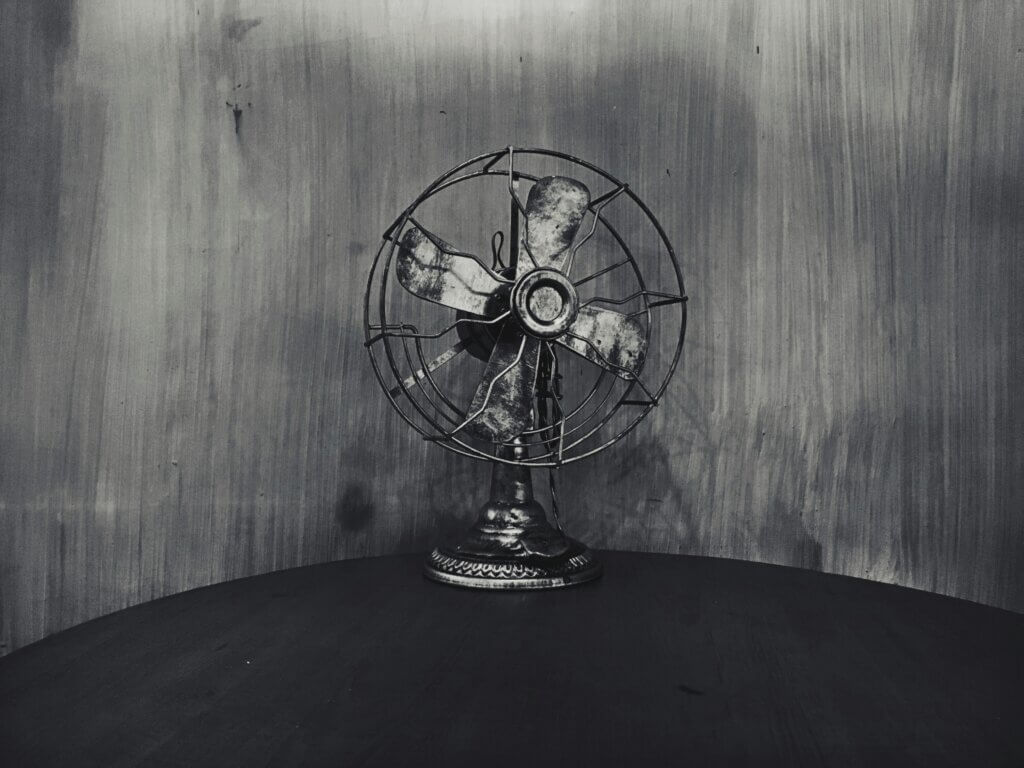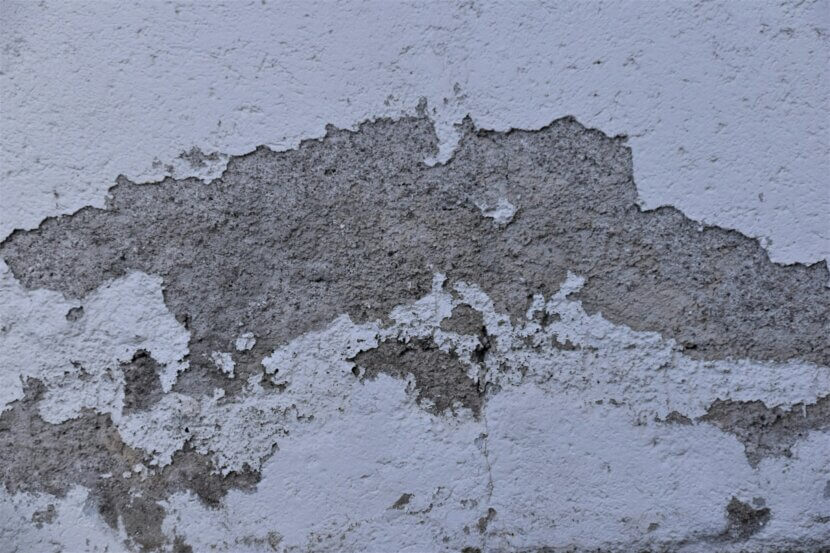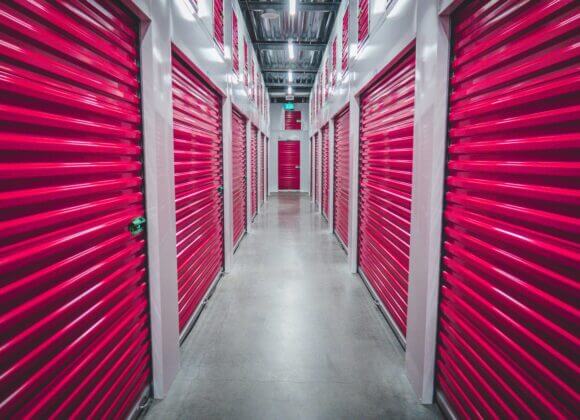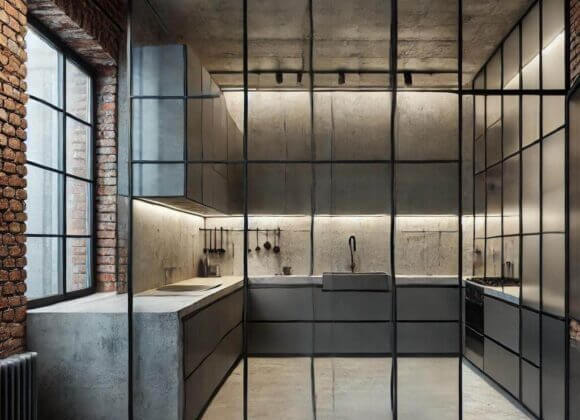Damp cellar: If it smells unpleasant in the cellar, the reason is usually not the stored items, but excessive humidity.
When you open the cellar door, do you notice a musty smell and the walls feel damp? That’s no reason to panic, but it is a reason to react. Armin Kienberger, project manager at drying and renovation specialist Drystar, knows what to do in this case.
When is the humidity in the cellar too high?
“In the cellar, a humidity level of between 45 and 60 percent in summer and between 30 and 45 percent in winter is ideal. If it is higher than this in the respective seasons, you should observe for a few days whether it continues to rise or falls again,” says Armin Kienberger. This is because the outside temperature and humidity can also have an effect.

How can the moisture in the cellar be measured?
There are basically two ways to do this: One is to measure the moisture in the cellar wall and the other is to measure the relative humidity in the air. The latter requires nothing more than a normal hygrometer or a weather station with this function. “It’s better to call in a specialist company to measure the moisture in the wall,” advises Kienberger. They would use calibrated devices, which would prevent incorrect measurements.
But there is another point. “Every building material has its own basic moisture content. With reinforced concrete, for example, the measured values are automatically higher,” says Kienberger. Experts would know about this and could therefore classify the results accordingly.
What causes excessive humidity in the first place?
One of the most common reasons why basements are too damp is insufficient air exchange. This is because the moisture contained in the air escapes during ventilation in addition to the stale room air. But be careful! – When ventilating the cellar, the motto is “know how”. “Basements should only be ventilated when the outside temperature is lower than the temperature in the basement,” advises Kienberger.
If the air entering the cellar is warmer, the moisture it contains condenses on the cooler cellar walls. Instead of drying out, the humidity in the cellar actually increases. “What’s more, the warmer the air is, the more water it can absorb,” says Kienberger. Another reason for too much moisture in the cellar air is if the cellar is overcrowded and the air cannot circulate sufficiently.
Can you eliminate high humidity in the cellar yourself?
“Basically yes,” is Kienberger’s answer. With the right ventilation and the promotion of air circulation, excessive humidity can usually be brought under control. “To allow the air to circulate better, furniture and similar items should be moved 20 to 30 centimetres away from the wall. A fan is also helpful,” says Kienberger. However, if the situation does not change despite these measures, it makes sense to contact a specialist company.
Does a dehumidifier make sense?
A dehumidifier can also provide good service. Especially if it is correctly dimensioned. “To ensure this is the case, you should first calculate the cubic meters of the room and then select the device with the appropriate air circulation,” says the Drystar project manager.
How does rising damp occur in masonry?
Rising damp, for example due to high groundwater levels, is a particular issue in Wilhelminian-style houses, but occasionally also in new buildings. Typical signs of this are peeling paint and a white coating on the wall, which is often mistaken for mold. “In reality, this is salting out, which occurs when the wall dries again,” explains Kienbauer.
However, moisture can also get into the basement walls from the surrounding soil, for example due to missing or faulty drainage or waterproofing.
What can be done against rising damp?
In most cases, it is not necessary to take measures against rising damp in old buildings. However, anyone who wants to do so should do so thoroughly. “It makes no sense to dry the cellar regularly and then wait until the moisture returns. This removes minerals from the masonry and the bricks will break down over time,” says the drying expert.
It makes much more sense to seal the masonry, for which various methods are available – from laying a horizontal barrier to sealing with bitumen and injection methods with different materials. Another option is facing formwork, although this must be ventilated.
When does a damp cellar need to be renovated?
“This varies depending on the building and the use of the cellar,” says Kienberger. There is a need for action if there is a risk to the building fabric or if the cellar is to be converted into a living room or fitness room, for example. In this context, Kienberger also points out that the presence of moisture in the basement does not automatically lead to the development of mold.
In order to develop and grow, mold not only needs moisture, but also food, which it can only find in organic substances such as leather, paper or some building materials. “But not every building material offers enough of this. It can’t grow in stone vaults, for example,” says Kienberger.

Website: https://www.drystar.at
Related posts:













